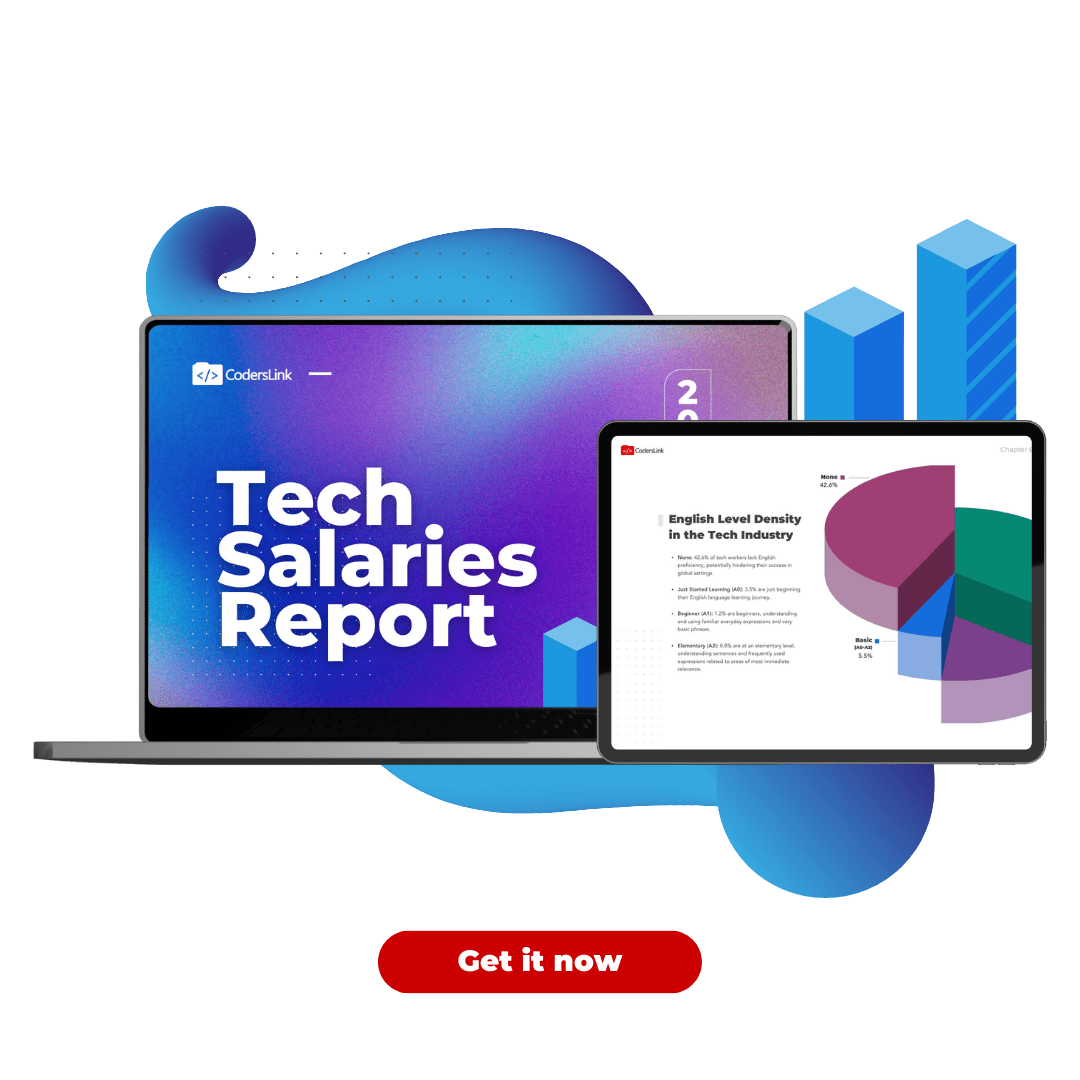
Part I: Onboarding
Any team leader understands the importance of establishing standards in order to maintain cohesion and forward advancement. Setting expectations for remote teams is crucial—especially because of the missing face-to-face contact and communication. A solid onboarding process is the foundation work in setting these expectations, as it sets ground rules and establishes trust between you and your new hires.
A common adage in the world of successful leadership is that the best leader is the one that leads by example. Showing employees that you abide by the standards you propose is encouraging and leads employees to follow in your footsteps.
The Importance of Onboarding
It all begins with the onboarding process and presenting new hires with a clear company vision. Hiring remote developers without proper integration can lead to them dropping out or quitting. As outsourcing grows as a popular and effective business practice, onboarding has become a vital component of successful remote hiring. According to the Harvard Business Review, it is the first three to six months when new hires are susceptible to turnover; one study found that companies lose 17% of their new hires during the first three months.
Let’s start with some general tips to remember when bringing a new employee on board:
- Have a formal process. Entrepreneur magazine suggests, an informal process or a lack of a process, tends to leave new employees fending for themselves and easily susceptible to feeling left out. This can cost you a good new hire and a lot of wasted time. A formal process of onboarding means a structured, planned out, and well-articulated message that resonates with a new employee and communicates the company’s mission, goals, and culture.
- Establish connections. With a formal onboarding process, you have a great opportunity to establish some personal connections with your employees. Get to know them on a personal level, as this will improve communication and encourage trust.
- Think about onboarding as more than just “the first day.” See it as a process for which you set particular goals and benchmarks.
- Make sure the company culture and mission are clear and reflected on the onboarding. Apart from leaving the onboarding sessions with a feeling that they are part of a team, you want new hires to feel they understand the purpose of their work and new responsibilities.
A Closer Look at Effective Strategies
Onboarding for a new remote employee requires a little bit of creativity and the use of innovative tools to make the process engaging and interactive.
- Prepare a video or a packet of information that provides new hires with pertinent, interesting, and valuable information about the company, the history, and mission.
- Introduce them to the team. Remote developers are still likely to need to work with others to bounce off ideas and give and receive feedback, and so creating an opportunity for them to talk individually with the other employees will help break the ice. Virtual meetings, Facebook groups, private discussion boards can help in facilitating this interaction.
- Get the paperwork done and over with. When hiring a remote developer there will be paperwork involved. As companies hire developers from other countries, there is also likely to be immigration matters to deal with. This can often be confused for onboarding, but it’s entirely separate and should not take the place of integrating an employee into the company environment. In order to bypass these complicated issues that drain time and resources, consider hiring an outsourcing partner that takes care of all of that for you. Companies like CodersLink, who specialize not only in finding and qualifying talent but in dealing with onboarding or immigration paperwork so your hiring is simplified/streamlined.
- Compose a plan that involves checking in more frequently for the first month or so. Set goals for 30, 60, and even 90 days. This sets clear expectations while they feel supported throughout the first run. Onboarding is not just a one-day event. It can rollover as a kind of guided training.
- Assign a buddy. Choose maybe one or two employees that might be working closely with them as their immediate go-to. This allows them to use the experience of others and to feel connected to the company as a whole.
- Make use of technology and video conferencing. Use a variety of tools for communication. Consider using Zoom video conferencing calls, Skype, phone calls, fun videos, discussion boards, and idea boards.
Onboarding as a Foundation for Setting Expectations
Formal onboarding serves several purposes. First, it introduces an employee to the general history and mission of the company, helps assimilate them into the company culture, and provides resources and a support system as they become acquainted with their responsibilities. Yet, one of the most important reasons is that this sets the groundwork for successful communication of short term and long term expectations. Without this groundwork, the next phases of communication and outcome will be an uphill battle.
Have any more questions or suggestions on successful onboarding? Leave us a comment below.


